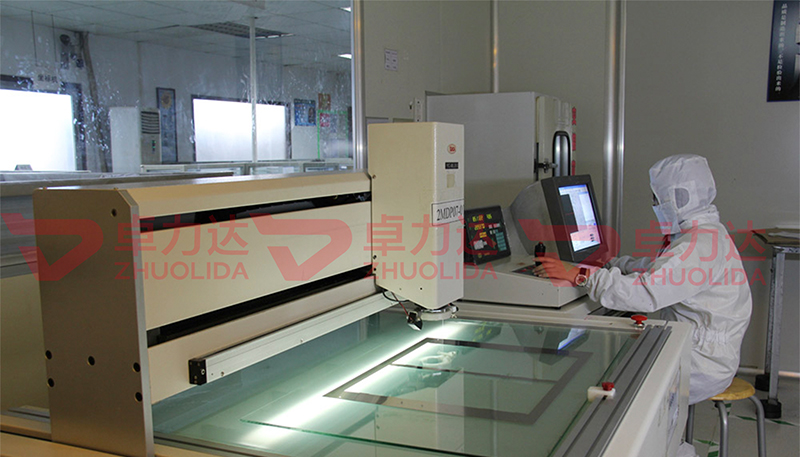
Etching stainless steel at home is a feasible and creative way to personalize items, create signs, or produce decorative designs. Here’s a step-by-step guide to do it safely and effectively:
Stainless Steel Item: Use a clean piece of stainless steel, preferably 304 grade.
Etching Solution:
Ferric chloride (available online or at electronics stores).
Saltwater (for an electrolytic method).
Masking Material:
Vinyl stickers, tape, or a resist (such as nail polish or paint).
Stencil or Design: Print or cut your design onto adhesive vinyl or create a stencil by hand.
Plastic Container: For the etching solution (non-metallic).
Battery or Power Supply (for electrolytic etching only): A 9-volt battery or small DC power supply.
Applicator:
Paintbrush or sponge (for localized etching).
Cotton swab (if using the electrolytic method).
Protective Gear:
Gloves, goggles, and a respirator for chemical safety.
Cleaning Supplies: Isopropyl alcohol, acetone, or dish soap for surface prep.
This method uses ferric chloride or a similar acid-based solution.
Steps:
Clean the Surface: Remove any grease, dirt, or fingerprints using isopropyl alcohol or soapy water. Let it dry completely.
Apply the Resist:
Mask the areas you don’t want to etch using tape, vinyl stickers, or a resist like nail polish.
For detailed designs, cut your stencil using a craft knife or a cutting machine like a Cricut.
Prepare the Etching Solution:
Dilute ferric chloride with water (1:2 ratio) in a plastic container.
Always pour acid into water, not the other way around.
Etch the Design:
Submerge the stainless steel piece into the solution or brush the solution onto the exposed areas.
Check periodically (etching may take 5–20 minutes, depending on depth desired).
Rinse and Clean:
Once the desired depth is achieved, rinse the steel thoroughly with cold water.
Remove the resist using acetone or a scraper.
This method uses saltwater and electricity for a safer, more controlled process.
Steps:
Clean the Surface: Prepare as you would for chemical etching.
Mask and Design:
Apply tape or a vinyl stencil to the areas you want to protect.
Expose the areas to be etched.
Prepare the Saltwater Solution:
Dissolve salt in warm water (about 1 tablespoon of salt per cup of water).
Set Up the Power Supply:
Attach the positive lead of a 9V battery or DC power supply to the stainless steel.
Attach the negative lead to a cotton swab dipped in the saltwater solution.
Etch the Design:
Rub the swab over the exposed design. The electrical current will cause the etching to occur.
Replace the swab as needed to maintain conductivity.
Clean and Finish:
Rinse with water and remove the resist.
Work in a well-ventilated area or outdoors, especially with chemicals.
Wear gloves, goggles, and a respirator when handling acids or etching solutions.
Dispose of etching solutions responsibly according to local regulations.
Polish: Use a polishing compound to enhance the etched design.
Color Fill: Add paint or enamel to the etched areas for contrast.
Surface Finish: Buff the steel for a matte, brushed, or shiny appearance.
Contact: andy_Lai
Phone: 18938693450
E-mail: yw9@zldsmt.com
Add: Building A3, Huafa Industrial Park, Fuyong Town, Fuyuan Road, Fuyong Town, Baoan District, Shenzhen,China